The actual Cost Per Acquisition (CPA) is a critical metric that determines the final cost of a sale or customer acquisition and, consequently, the success of an advertising placement. For advertising to be deemed effective and cost-efficient, a business must have a clear understanding of how much money it can allocate to securing each conversion.
Gaining insight into the Cost Per Acquisition for each target action empowers marketers to meticulously analyze and fine-tune advertising campaigns. This process involves evaluating which strategies yield the lowest CPA while maximizing customer acquisition. It’s a delicate balance between spending and efficiency, where the goal is to achieve the highest return on investment (ROI) possible.
Moreover, by closely monitoring and adjusting the CPA, businesses can identify areas of their advertising strategy that may be underperforming. This enables them to redirect their budget towards more profitable channels or techniques, thereby increasing the overall effectiveness of their marketing efforts. Ultimately, understanding and optimizing Cost Per Customer Acquisition is critical for any company looking to improve its advertising effectiveness and achieve sustainable growth, so now we'll break down what is cost per acquisition and how it works.

Holistic Approach to CPA
As we navigate the challenging terrain of campaign optimization, let's keep our focus on the big picture. While lowering acquisition costs is akin to finding buried treasure, we mustn't overlook the importance of Customer Lifetime Value. Remember, a loyal customer holds more value than a chest full of riches! So let's chart a course towards sustainable prosperity, where every campaign leads to long-term success.
Segmentation for Targeted Optimization CPA
User segmentation stands as a cornerstone in crafting an effective advertising strategy, and when it comes to managing cost per client acquisition, its importance cannot be overstated. By meticulously categorizing users according to a variety of characteristics such as geographic location, social status, age, and personal preferences, advertisers can significantly enhance the relevance and efficacy of their ad campaigns. This targeted approach not only improves the overall quality of the advertisements but also plays a crucial role in minimizing the CPA.
The concept of user segmentation is a recurring theme across numerous discussions on advertising strategies, emphasizing its critical role in connecting with the audience on a more personal level. The rationale is straightforward yet compelling: presenting users with ads that resonate with their interests and needs is far more effective than broadcasting generic messages. This targeted strategy ensures that the advertising budget is spent efficiently, reaching out to individuals who are more likely to engage with the ad, thereby optimizing the advertising spend.
In the pursuit of refining user segmentation, the advertising industry has witnessed the advent of advanced technologies, notably predictive modeling, which leverages artificial intelligence (AI) and machine learning algorithms. These technologies are increasingly being integrated into ad exchange platforms, offering unprecedented capabilities in predicting user behavior and preferences.
By analyzing vast datasets and identifying patterns, these models can forecast which segments of users are most likely to respond favorably to specific advertisements. This predictive approach allows for even more precise targeting, further reducing the CPA by ensuring that the ads are served to users who are not just part of the right demographic but are also in the right mindset to engage with the content.
Moreover, the use of AI and machine learning in segmentation doesn’t stop at just predicting user behavior. It also encompasses the optimization of ad delivery times, choice of platforms, and even the creative elements of the ads themselves, making the entire advertising ecosystem more intelligent and responsive. This holistic approach to user segmentation and ad targeting ensures that every dollar spent on advertising is done so judiciously, maximizing the return on investment while simultaneously enhancing the user experience.
The Role of Data Analytics and Machine Learning in Optimizing Cost Per Acquisition
The use of AI is an integral part of the digital advertising process. In a November 2023 survey of advertising decision-makers at brands, agencies, and publishers that oversee programmatic sales in the U.S., more than half of the respondents said they believe the use of artificial intelligence by supply- and demand-side platforms is essential.
Machine learning extends the power of data analysis by adding a layer of automation and the ability to uncover hidden information. Initially, data analysts perform statistical analysis, which involves collecting and interpreting data to identify patterns, trends, and insights. Based on these insights, ML engineers develop models that process large amounts of data, evaluate hypotheses, and derive more profound insights.
Machine learning takes data analysis to the next level, analyzing past data and using that data to predict future outcomes. For insurance purposes, predictive maintenance in manufacturing uses machine learning to predict equipment failures, reducing downtime.
Still, machine learning's ability to analyze large datasets can reveal hidden patterns and correlations that may not be obvious with traditional data analysis methods. Such capabilities can be critical to the success of a cost per acquisition in digital marketing. Sophisticated AI-based systems can identify patterns even in inconsistent behavior.
How To Calculate Cost Per Acquisition
Cost Per Acquisition Definition and Formula
Cost Per Acquisition CPA metric is used to measure the average cost incurred to acquire a new customer through a specific marketing campaign.
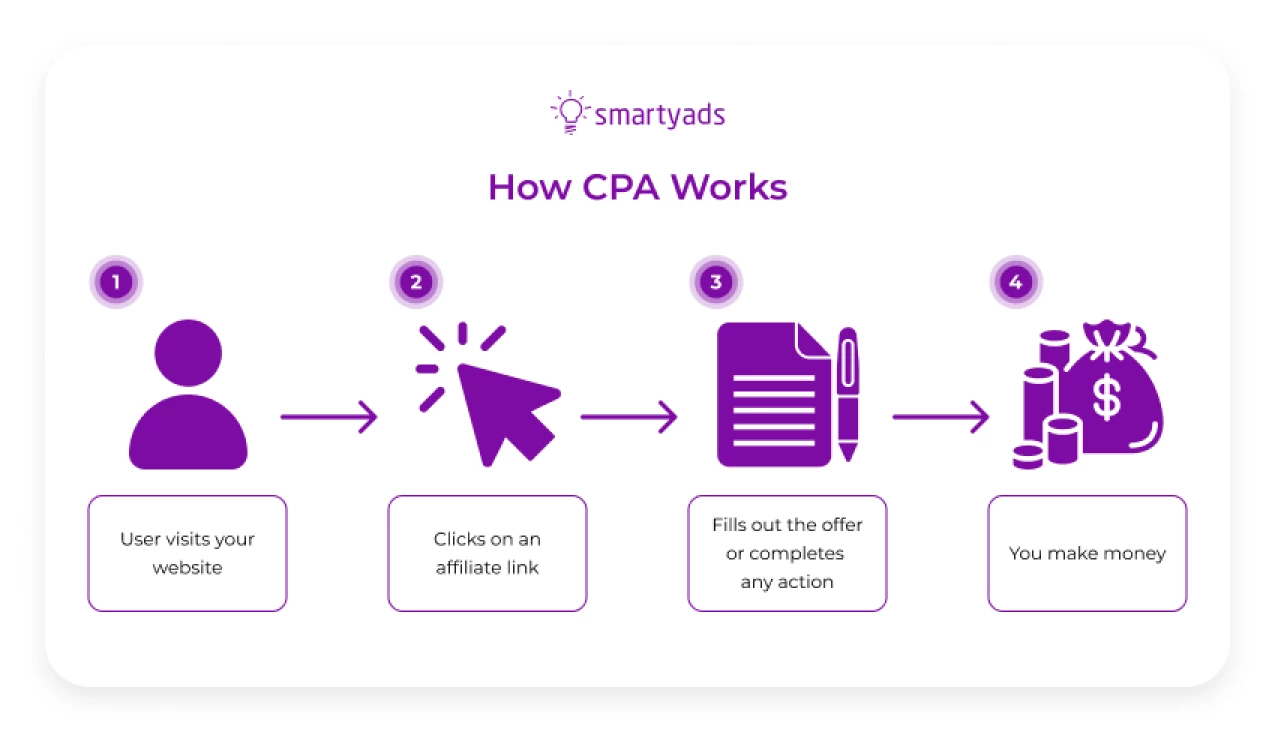
The cost per acquisition formula is simple:
CPA = Total Cost of Campaign / Number of Conversions
Congratulations! Now you know how to calculate CPA!
Identifying Costs
When using cost per acquisition calculator, it's essential to consider all associated costs involved in the campaign. These may include advertising expenses, agency fees, production costs, and any other expenditures directly related to customer acquisition efforts.
Tracking and Attribution
Accurate tracking and attribution are critical components of understanding the cost per acquisition meaning (CPA). Marketers must ensure that they have robust tracking mechanisms in place to monitor the performance of their campaigns accurately. Attribution models help attribute conversions to specific touchpoints along the customer journey, providing insights into which channels are most effective in driving conversions and ultimately influencing the CPA.
Calculating Example
Let's say a company invests $10,000 in a digital advertising campaign over a month. During that time, the campaign generates 100 conversions (e.g., purchases, sign-ups, etc.). To calculate CPA, simply divide the total campaign cost by the number of conversions:
CPA = $10,000 / 100 = $100 per conversion
Interpreting Results
Once CPA is calculated, it provides valuable insights into the efficiency and effectiveness of a marketing campaign. A lower CPA indicates that the campaign is acquiring customers at a lower cost, signaling better performance. Conversely, a higher CPA may suggest inefficiencies that require further optimization. By monitoring and interpreting CPA results, marketers can refine their strategies and allocate resources more effectively to achieve desired outcomes.
Remember, that average cost per customer acquisition can be very different depending on the industry of your business and the platform you use.
Adapting to Industry Trends and Changes
The digital advertising industry is undergoing rapid transformations, evolving quicker than we can utter "blueberry pie" or even blink. This accelerated pace underscores the importance of remaining vigilant and adaptable, ensuring we are abreast of all the latest changes, innovations, and trends within the sector. What strategies and methodologies were effective yesterday might have already lost their edge today, rendering them obsolete in the face of new developments.
One notable shift is the gradual decline in the effectiveness of traditional segmentation and targeting techniques, primarily due to the widespread move towards disabling cookies. This pivotal change is not just a minor adjustment; it's reshaping the very foundations of digital marketing strategies, including CPA Cost Per Acquisition tactics. As cookies become less prevalent, marketers must seek out and embrace alternative methods for reaching their target audiences, such as relying on first-party data, exploring new technologies like machine learning for predictive analytics, and engaging in more direct communication channels.
Moreover, the advent of privacy regulations such as the GDPR in Europe and the CCPA in California is further complicating the landscape, pushing advertisers to innovate while staying compliant. This regulatory environment demands a more nuanced understanding of data privacy and requires marketers to be more transparent in their practices, gaining explicit consent from users before collecting or processing their information.
In addition to privacy concerns, the rise of ad-blocking technology poses another significant challenge, urging advertisers to rethink their approach and strive for more engaging, non-intrusive forms of advertising. The emphasis is increasingly on creating value-driven content that resonates with the audience, rather than merely pushing sales messages.
Furthermore, the ongoing advancements in artificial intelligence and machine learning are opening up new avenues for hyper-personalization and real-time optimization of advertising campaigns. These technologies enable advertisers to analyze vast amounts of data more efficiently, uncovering insights that lead to more effective targeting strategies and ultimately, better ROI.
Given these dynamic changes, staying informed and flexible is more crucial than ever. Marketers and advertisers must continuously educate themselves, experiment with new tools and technologies, and adapt their strategies to stay ahead in this fast-evolving digital advertising landscape. The key to success lies in the willingness to evolve, embracing the changes rather than resisting them, and always looking for innovative solutions to meet the ever-changing demands of the digital world.

Find Out More About SmartyAds Expertise
At SmartyAds, we stand out as your trusted ally in navigating the ever-evolving landscape of digital advertising. Our unique selling proposition lies in our unwavering commitment to delivering innovative solutions tailored precisely to meet the diverse needs of our clients.
Our Expertise
With a wealth of experience in the field, SmartyAds has spearheaded numerous projects aimed at optimizing ad revenue and enhancing user engagement. Our track record speaks for itself, showcasing our ability to tackle complex challenges head-on and consistently deliver exceptional results for our clients.
Projects and Solutions
In another instance, our case studies serve as a testament to how our expertise has driven success for our clients. We've consistently delivered tangible results by analyzing their unique challenges and providing tailor-made solutions. Our meticulous optimization and strategic planning have led to increased ROI, higher click-through rates, and improved conversion rates across various campaigns. Explore these success stories and more on our website.
One standout project involved collaborating with a major publishing conglomerate to elevate its ad revenue while ensuring a seamless user experience. We facilitated simultaneous auctions with multiple SSPs by implementing a customized Header Bidding solution, thereby increasing bid transparency and revenue potential. The outcome? A substantial boost in ad revenue without compromising page load times or user satisfaction. Explore feedback from our clients here.
Why Choose SmartyAds?
At SmartyAds, we don't just offer services – we offer solutions. Our team of experts is dedicated to understanding your specific needs and crafting strategies that deliver real, measurable results. Whether you're looking to boost ad revenue, improve user engagement, or enhance overall campaign performance, we have the tools, experience, and expertise to make it happen.
Ready to take your digital advertising efforts to the next level? Partner with SmartyAds today and unlock the full potential of your campaigns.
Get in touch to learn more about how we can help you achieve your goals.
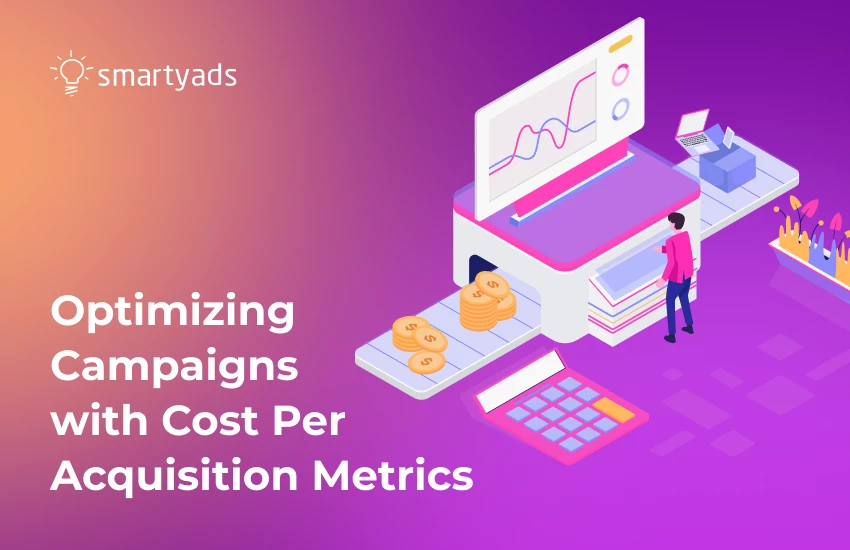
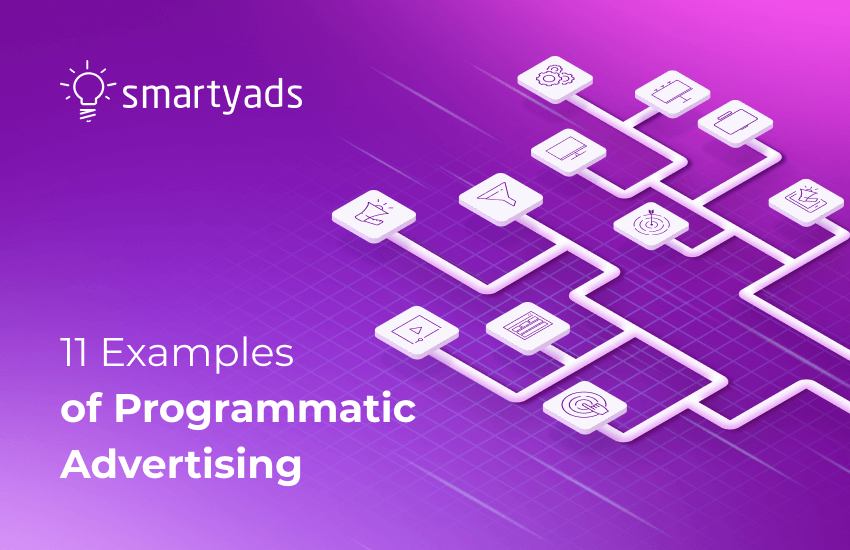
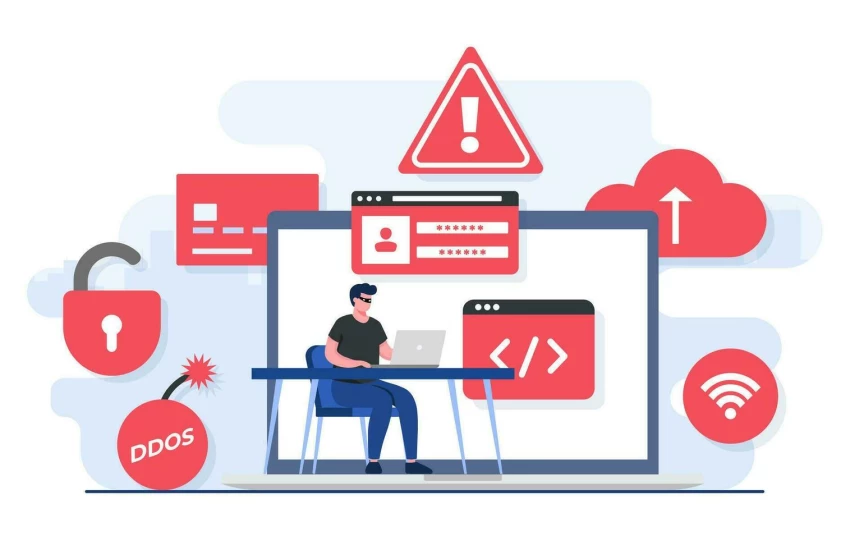
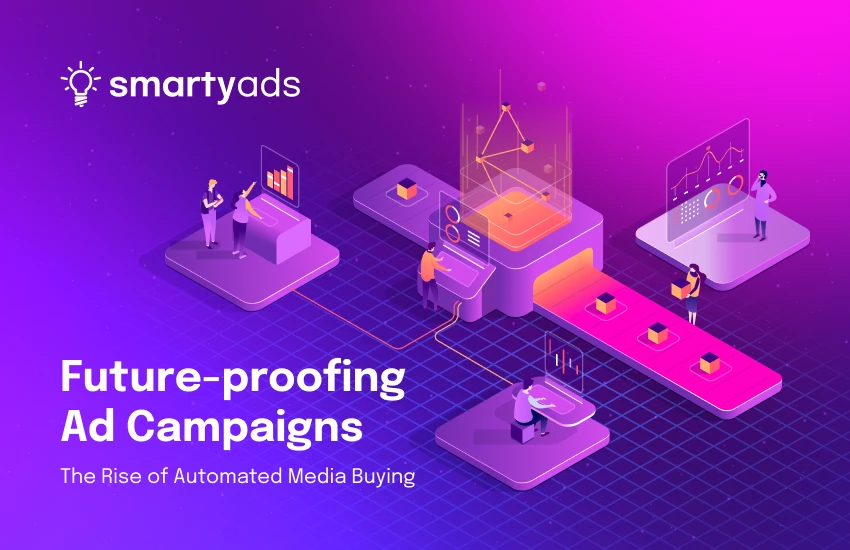
.webp)